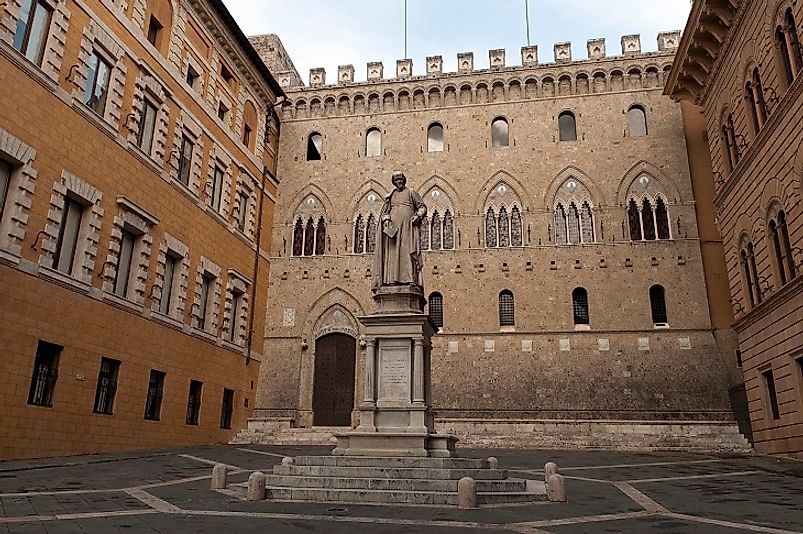The Oldest Operational Banks In The World

Banks are one of the most important institutions in the development of any country since it has the role of building a financial system that should support all aspect of society. Traditionally, banks had roles of accepting deposits, transferring funds, money changing, and money lending. While these functions of banks still exist, the modern bank now focuses more on providing convenient modes of payment, and providing a supply of money which is responsive to the needs of the commercial sectors. In addition to this, modern banks are more centralized and government regulated than in the past.
How Have These Banks Lasted Throughout Time?
The oldest banks in the world are all based in Europe, with the oldest being the Banca Monte dei Paschi di Siena in Italy that first opened in 1472. Other notable banks that have lasted for ages include Barclays, which was established in 1690, Coutts, which was started in 1692, and the Bank of England, which began in 1694.
The Role Of Financial Backing
While each bank has its own story, all of these banks have managed to last for centuries and a major reason for that these institutions were always backed by powerful organizations. This backing allowed the banks to have a certain sense of stability and security which is an essential part of the business model. The best example is in the history of the Bank of England. This bank was owned for a long time by powerful shareholders but it always had the backing of the English Government and to this day it is still the bank of the English Government. Other examples of this include the Berenberg Bank, which had the backing of the Berenberg family.
Good Banking Practices
In addition to having strong backing, an established bank always has good sources of revenue since the capacity for provisioning money is always in high demand. This along with proper management is the perfect recipe for a long business since continuous revenue is always available and proper management ensures good practices such as sensible money lending which prevents massive losses.
The Future of Banking
In the future, banks will still be a major part of society and as always but new systems and trends will surely be involved. The competition between banks has significantly increased with a much larger number of banks available to the population. New models such as online banking will have a bigger role and this will increase things such as the number of transactions individuals make as well as the amount of interaction individuals have with their own personal banking since it is now much more accessible. All in all though, the concept of a bank will still remain the same as people will still use it for depositing money, transferring funds, money changing and borrowing money.
The Oldest Surviving Banks of The World
| Rank | Bank | Country | Year of Establishment |
|---|---|---|---|
| 1 | Banca Monte dei Paschi di Siena | Italy | 1472 |
| 2 | Berenberg Bank | Germany | 1590 |
| 3 | Sveriges Riksbank | Sweden | 1668 |
| 4 | C. Hoare & Co. | England | 1672 |
| 5 | Metzler Bank | Germany | 1674 |
| 6 | Barclays | England | 1690 |
| 7 | Coutts | England | 1692 |
| 8 | Bank of England | England | 1694 |
| 9 | Bank of Scotland | Scotland | 1695 |
| 10 | Caja Madrid (now Bankia) | Spain | 1702 |











